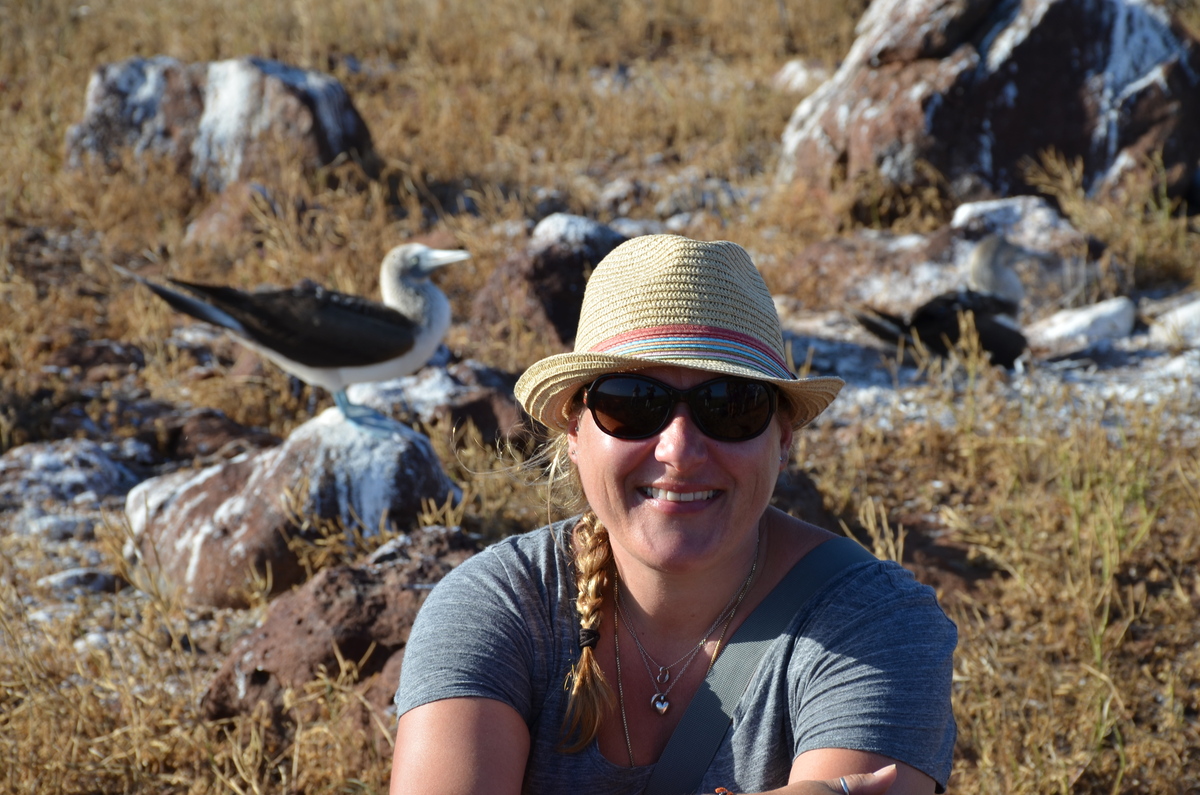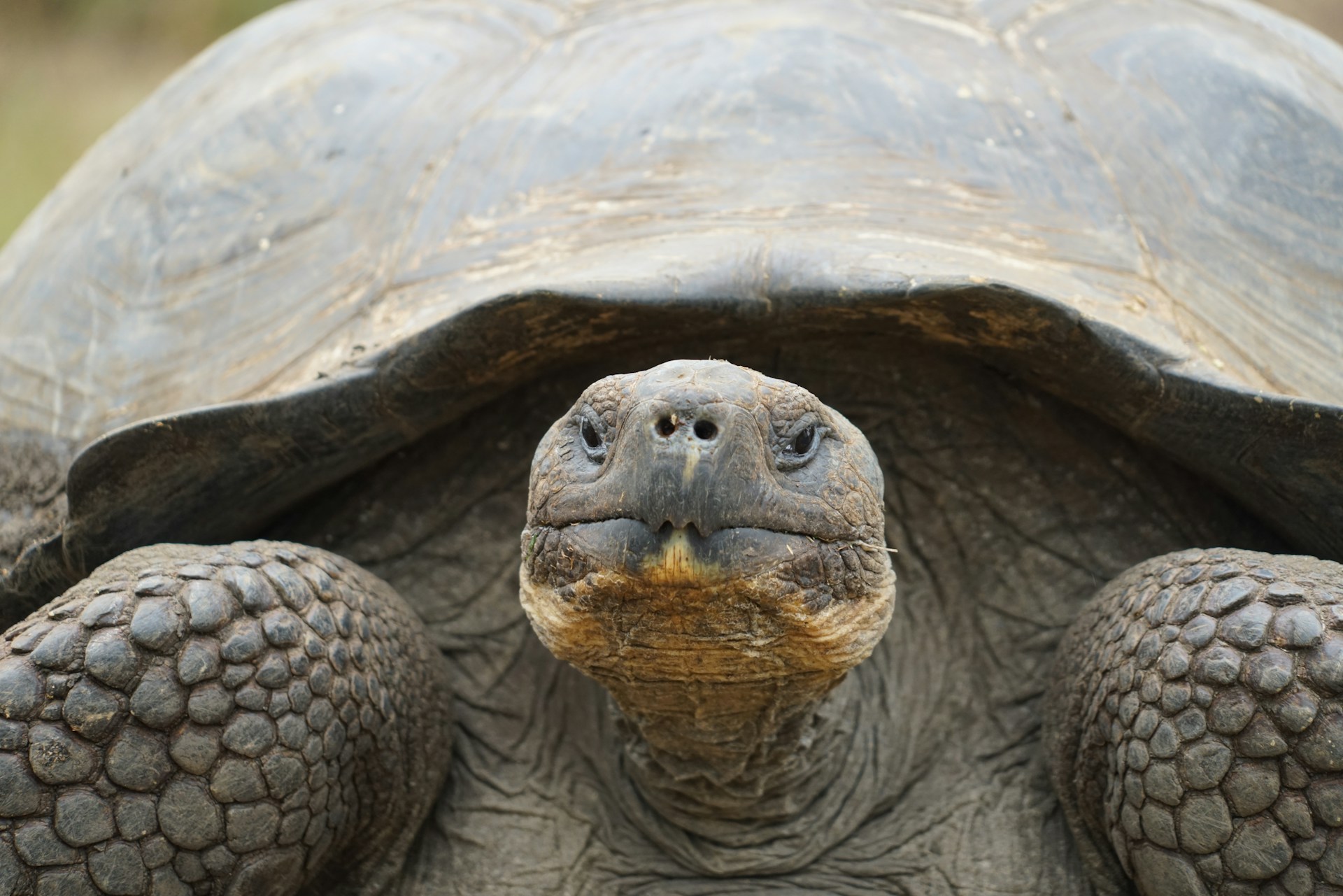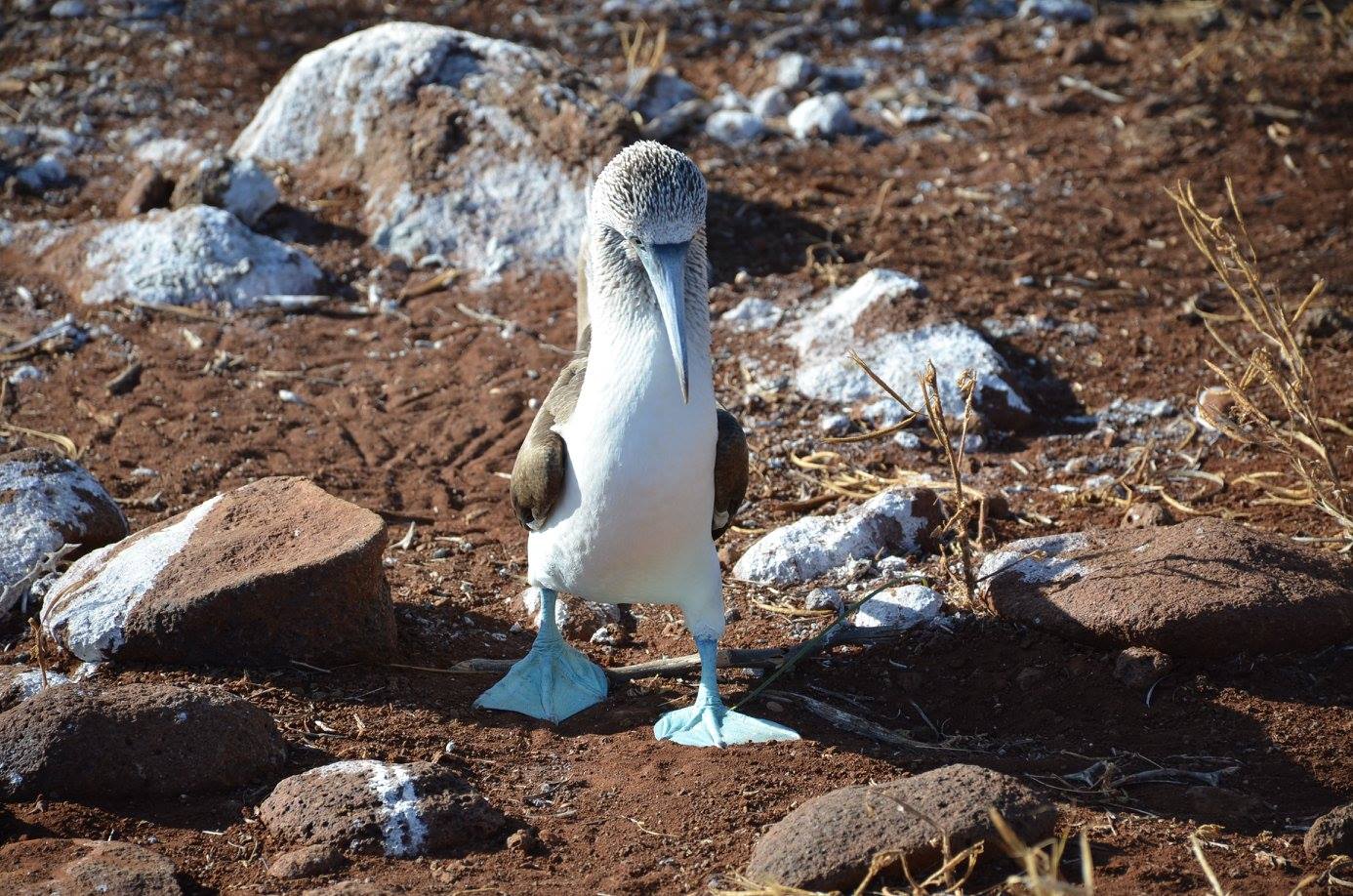
Warm Season (December to May)
The warm season offers the warmest weather, with temperatures ranging from 25°C to 31°C. This is the time when the islands experience their wet season, although rainfall is typically light and short-lived, mostly in the form of afternoon showers. The waters around the islands are warmer, ranging from 21°C to 24°C, making it the perfect time for snorkelling and diving. Expect to see vibrant marine life such as sea turtles, rays, and a variety of fish species, as these warm waters attract more underwater activity.
The warm season is also a great time for birdwatching, as many species begin their breeding season. You might witness the iconic blue-footed boobies performing their mating dances, or the magnificent frigate birds puffing out their red throat pouches. Overall, this season offers the opportunity to enjoy the best of both land and sea experiences.
It is the season our Galapagos specialist, Val, travelled. She absolutely loved it and can tell you all about it! (and you have guessed right, that is her in the picture)
Wildlife spotlight:
- Sea turtle nesting (December-March)
- Marine iguana breeding (January-March)
- Bird mating displays (especially February-April)









